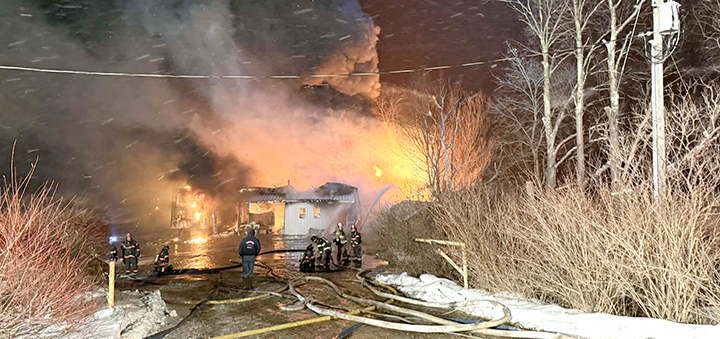Learning to live with bears
By Bob McNitt
Outdoors Writer
Earlier this week, Dr. Richard Jorgensen and his wife awoke at 5 a.m. to noises coming from outside their residence just east of Norwich. "At first, I thought it might be birds at our feeders, but it sounded too loud," Dr. Jorgensen said. "I got up and looked out the window, and there, not 25 feet away, was a black bear munching on one of our bird-feeder tubes. I grabbed the camera and tried to get a photo, but forgot the auto-flash, so the light bounced off the window glass, and I failed to get the photo. However, the flash scared the bear off."
What occurred at the Jorgensen residence is becoming more commonplace all over the county as increasingly more black bears are moving in, taking advantage of the dense growth that has replaced our previously open cultivated land. In putting a twist on the classic line from the movie "Field of Dreams" - "Build it and he will come." – create ideal bear habitat, and the bears will come. And have they ever, ushering in a whole new chapter in human-wildlife co-existence in Chenango and adjacent counties.
J. Rebecca Hargrave, Extension Educator of Community Horticulture and Natural Resources at Cornell Cooperative Extension in Norwich, said the number of calls they'd received reporting bear incidents around residences this year was running well ahead of last year's. Hargrave said that the vast majority involved bears getting into garbage or destroying bird feeders.








Comments